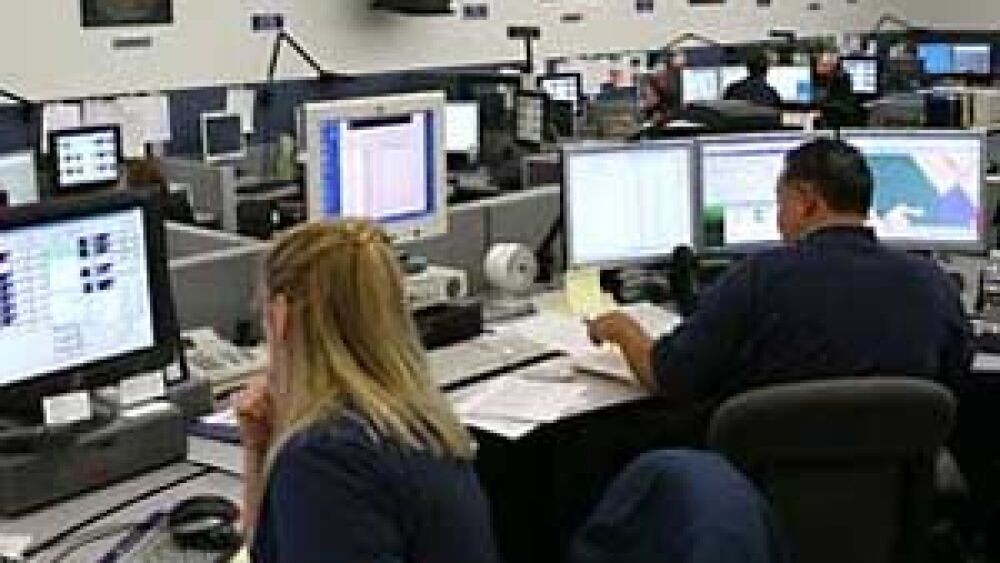California is in the process of implementing a new Web-based 911 call center management tool, the Emergency Call Tracking System, or ECaTs, that lets 911 call centers talk to each other. ECaTS is designed to make reporting data on all 911 call centers easier.
Before the new centralized system, there was no official standard for equipment configurations or technology that call centers use for data-gathering, making it difficult to compare emergency call statistics. This can particularly inefficient in large states like California, which has almost 500 911 call centers.
Previously, California used two separate systems that could not communicate with each other. Increased visibility is necessary to determine which hours during the day and week are busiest, how quickly calls are answered, and which geographic areas have the highest call volumes. Calls can also be tracked as they are transferred from one center to another for investigative purposes, a feature that was impossible in the past when two separate systems were involved.
ECaTS, developed by Direct Technology, Roseville, Calif., can also send e-mails, text messages and other alerts to various agencies in the event of an emergency.
Part of the responsibility of California’s 9-1-1 Program Office is to determine whether the state’s 911 call center operations meet their level of service requirements as dictated by the state legislature for ring times, talk times, hold times and transfers. Before ECaTS, the program office had to contact individual PSAPs for information.
ECaTS solves this issue by automatically collecting, buffering and delivering emergency call data records captured at the state’s 911 call centers. Now, 911 call data can be gathered in minutes instead of months.
The secure, Web-based ECaTS can report on any or all call centers by jurisdiction, county or state level, giving managers quick access to key stats, such as call volume, frequency, type and geographic trends, information that’s particularly important to emergency managers trying to track disease outbreaks or disaster emergency calls.
During natural disasters, ECaTS also has the ability to keep communication lines open between call centers using a collaboration module. A secure Web-conferencing option also allows call centers to share videos and collaborate in other ways they never could before.
ECaTS implementation is relatively simple. A black box is installed at every call center. As soon as a 911 call ends, the devise captures, compresses and encrypts the data. Then every 15 minutes this data is pushed to the centralized server.












